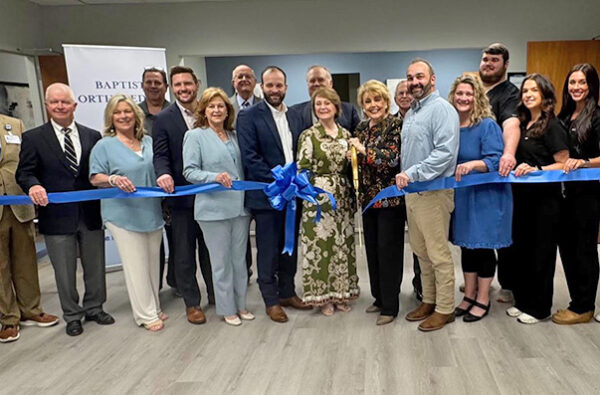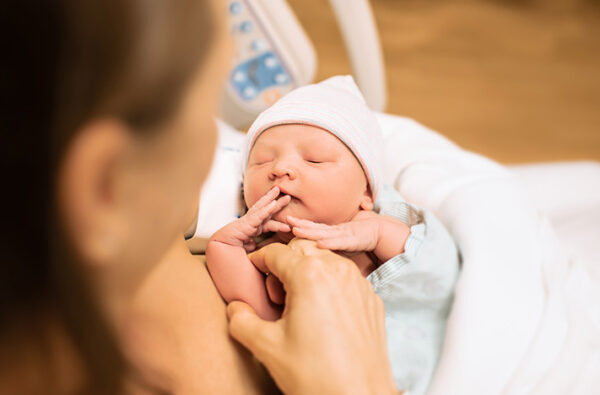Even in today’s connected age, it still can be a challenge to get someone on the phone. For the staff of Baptist Union County’s Step Down ICU unit, it became a goal.
For almost a year now, the staff has worked on a KATA board on discharge phone calls—specifically with a goal of achieving pain management discharge information and communication about meds in the 87.5 percentile of Press Ganey scores for those domains by May 24, 2017. The year-to-date score for pain management is 99 percent and communication about meds is 76 percent.
Baptist Union County Chief Nursing Officer Randy White said the Step Down ICU unit selected discharge phone calls for several reasons. “Through these calls, we can validate if the patient has the correct understanding of what we did, has enough information to manage their care at home, and also if we are communicating well about any new medications received while in the hospital as well as any new meds they received post discharge.”
The team began with a target condition: follow up on 100 percent of all patients within 72 hours of discharge, and achieve a 50 percent contact rate.
The first step was to assess current procedures. Upon admission, patients were being asked if the staff could call them post-discharge. According to Randy, patients were 100 percent on board. “We were using the phone number provided during registration. A call sheet was completed upon admission with input from the patient agreeing to be called post-discharge. The call sheet was then placed in the discharge notebook. At discharge, a nurse would go through the notebook. We discovered that staff was only trying once to reach each patient within the 72 hours, contacting 75 percent of them, with a 36 percent contact rate.”
The next step was to identify obstacles: no one owning the process, and head nurses and charge nurses not following through on the calls. After doing a plan, do, study, act (PDSA) cycle, the team began running daily experiments to find a better solution.
“Now, upon admission, a nurse asks the patient specifically, ‘What is a good number to reach you once you return home?’” said Randy. (Before, the number that came from registration often was no longer valid.) “This number is then put on a form that goes in the patient’s discharge folder and is kept in their room. At time of discharge, the nurse reviews information with the patient, records a discharge date on the form, and places that form on the right side of a red folder. When the folder is opened, you see the call form marked ‘today’s discharge.’ The next day, the form moves to the left side of the folder (marked ‘yesterday’s discharges’), and the next day form is removed and given to the charge nurse or head nurse, who is assigned to attempt to contact patient that day.”
Calls are made in the morning and evening and documented on the call form. “If after 72 hours there is no contact, we move the form to a green folder,” said Randy.
The result: Baptist Union County has achieved a 100 percent attempted call rate, and a 90 percent contact rate. “To go from a 36 percent contact rate to a 90 percent rate is almost unheard of, and we are three months ahead of our schedule,” said Randy. “We are not yet at the 87.5 percentile in the Press Ganey scores, but we are trending upward and hope to achieve this in March. And our patients are expressing gratitude that we are calling them and are able to answer questions and handle any issues that may have developed.”
Randy praises the KATA process. “KATA empowers employees; it gives them a voice and lets them help design the work they are doing. They want to succeed. We are having great success.”






